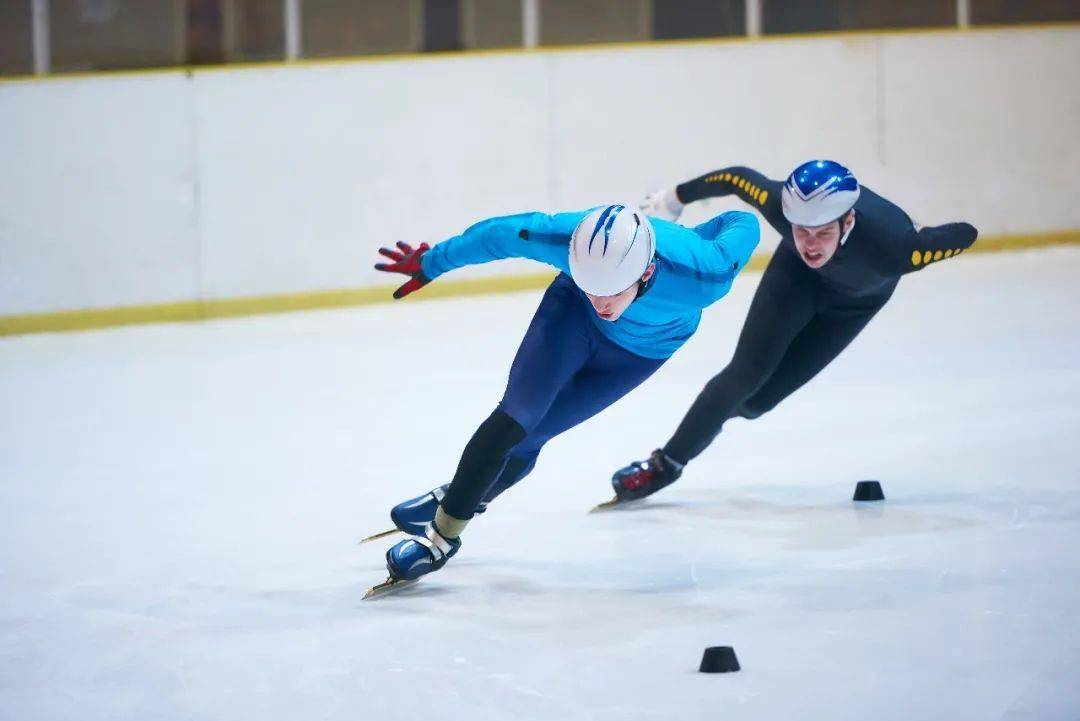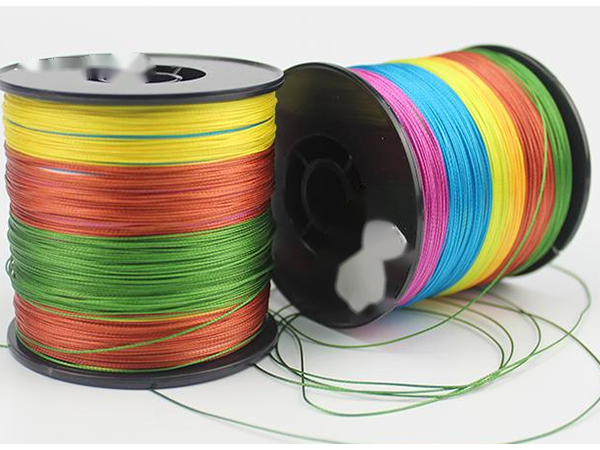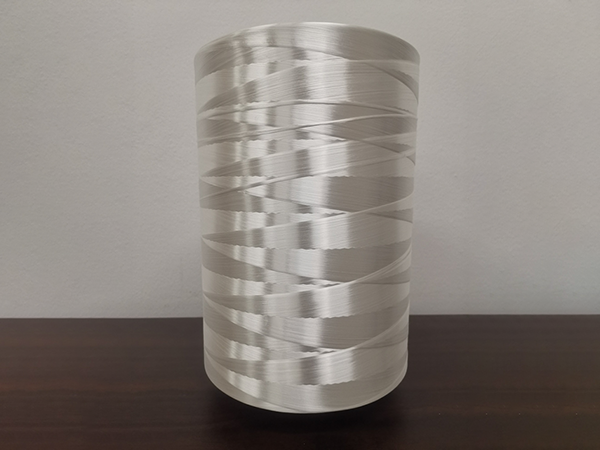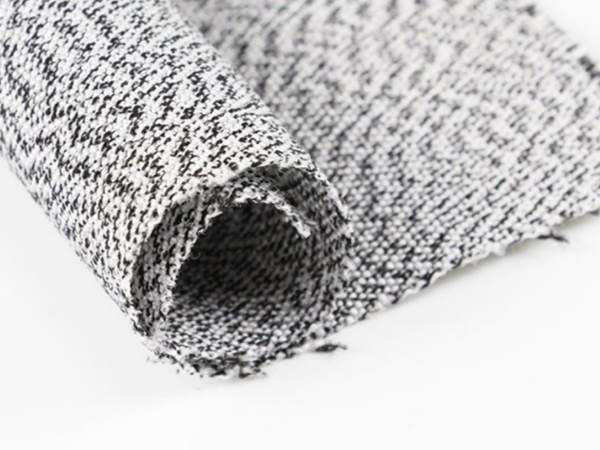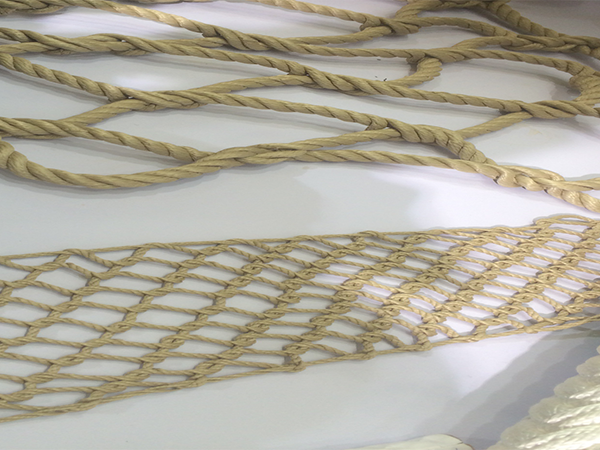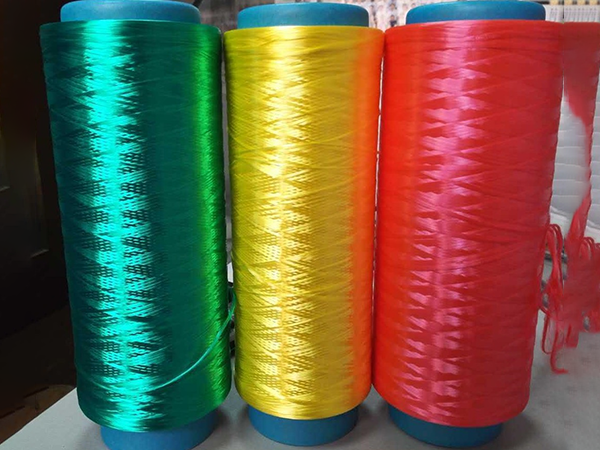Recently, the Winter Olympics are in full swing. So far, our country has won 3 golds and 2 silvers, ranking fifth. Previously, the short-track speed skating competition once aroused heated discussions, and the short-track speed skating 2000-meter mixed relay ushered in the first gold medal.
The length of the short track speed skating track is 111.12 meters, of which the length of the straight is 28.25 meters, and the radius of the curve is only 8 meters. The radius of the 8-meter curve has higher technical requirements for the curve, and the curve has become the most intense competition among athletes. Area. Because the track is short and there are multiple athletes sliding on the track at the same time, which can be interspersed at will, the rules of the event allow physical contact between athletes.
It is understood that short track speed skaters in international competitions can reach speeds of up to 50 kilometers per hour. Physical contact prevention is very necessary. Athletes need to wear a full set of anti-cutting equipment, including safety helmets, coveralls, gloves, shin guards, neck guards, etc. . Among them, the jumpsuit has become the main guarantee for the safety of athletes.
Based on this, the suits need to overcome the two major problems of drag reduction and anti-cutting. High-speed ice skating needs to fight against the air equivalent to a dozen strong winds. If athletes want to increase their sliding speed, their suits must reduce drag. In addition, the short track speed skating suit is a tight-fitting one-piece suit. The athletes can maintain a stable movement posture in the state of bowing. Compared with the back body, the front body of the competition suit must have a stronger pulling force to meet the sports needs to the greatest extent.
Considering conditions such as muscle compression, this suit adopts drag reduction, waterproof and moisture-permeable technology, and uses a new type of high-elasticity fabric as a whole. In addition, the design team used 3D printing technology to model the resistance of the athlete and simulate the stretching and deformation of the skin of the athlete under various postures, rather than simply relying on a ruler. Garments are then tailored based on this data.
The situation of short track speed skating is changing rapidly. In order to increase the sliding speed, the skates are long, thin and very sharp. Short track speed skaters sometimes collide during the competition, and high-speed collisions can easily scratch the human body. In addition to drag reduction, the most important thing in high-speed skating is safety. While ensuring drag reduction, the suit also provides adequate protection for athletes.
Clothing used by high-level athletes in competition must be cut resistant. ISU (International Ice Union Association) has strict regulations on the fabrics of racing competition clothing. According to the EN388 standard, the cutting resistance level of racing competition clothing must exceed Class II or above. At this Winter Olympics, the athletes’ uniforms were changed from overseas customization and adopted independent research and design. According to the professor of Beijing Institute of Fashion Technology, the short track speed skating suit for this Winter Olympics was selected from more than 100 kinds of fabrics, and finally two kinds of yarns with properties were selected, and a cut-resistant fabric was developed. This kind of material adopts the latest 360-degree whole body anti-cut technology, which has two properties of toughness and superelasticity. It has been upgraded from one-way anti-cut to two-way. On the basis of maintaining elasticity, the anti-cut performance has increased by 20% to 30%. %, the anti-cutting strength is 15 times that of steel wire.
Post time: Mar-04-2022

